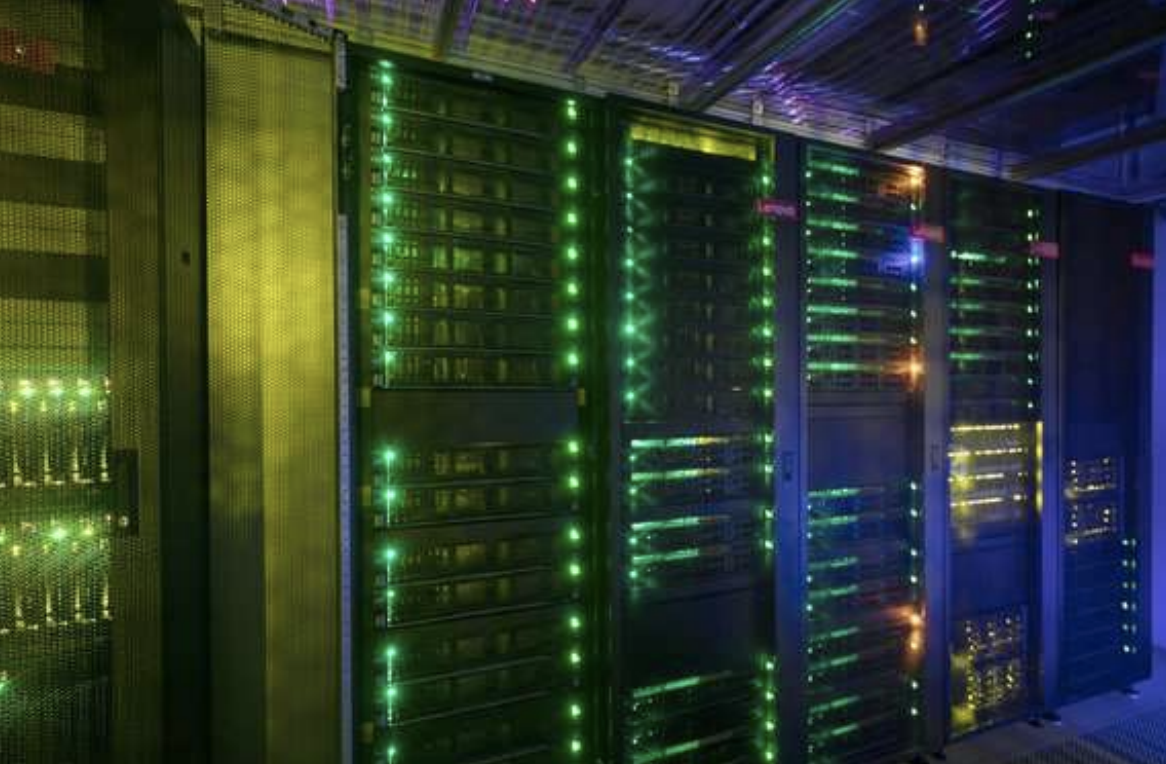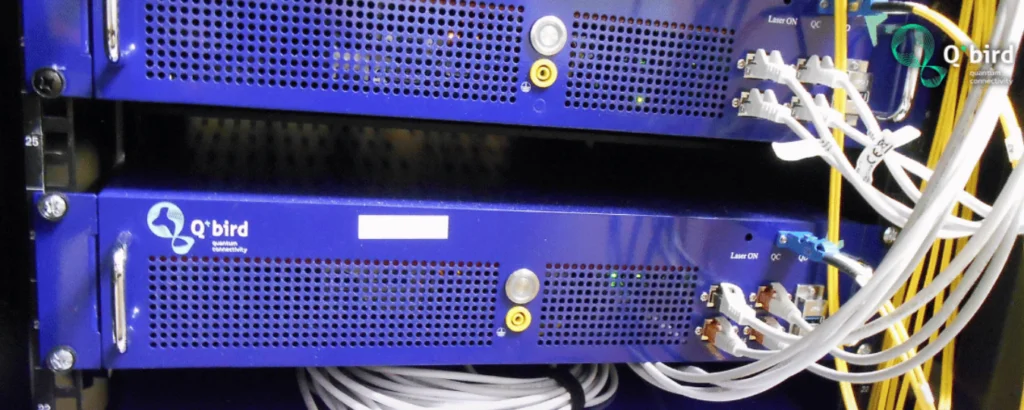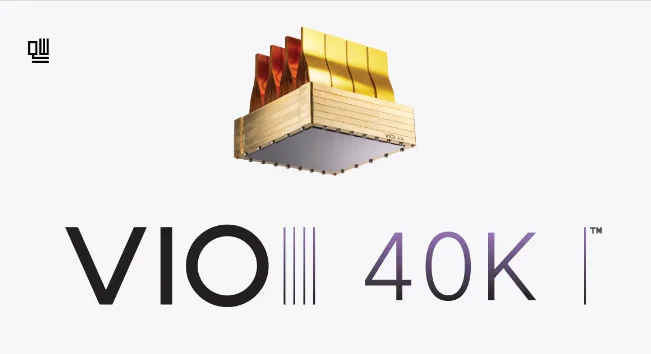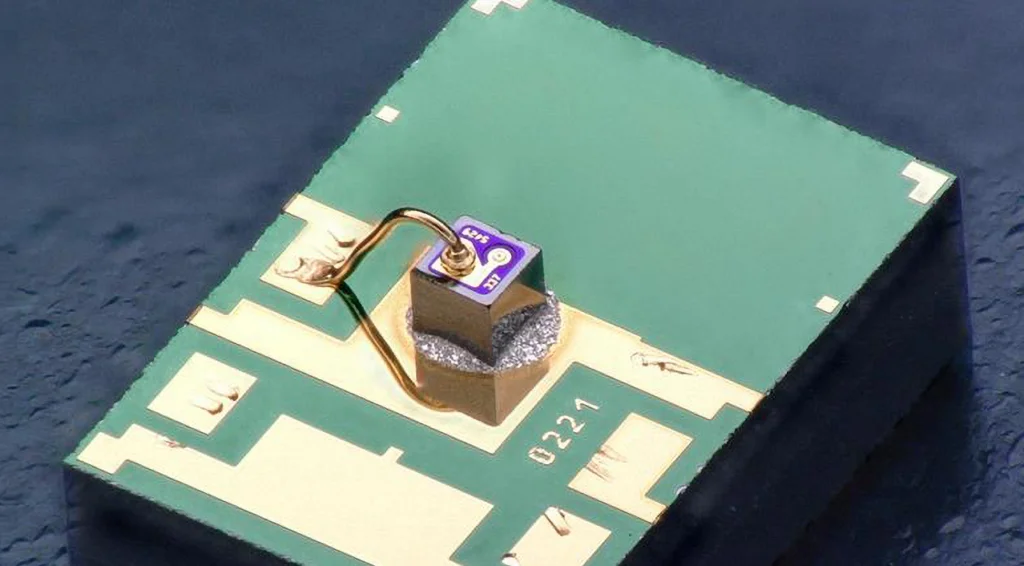Insider Brief
- The University of Innsbruck and the spin-off AQT have integrated a quantum computer into a high-performance computing (HPC) environment for the first time in Austria.
- The supercomputer and quantum computer can now be used to solve complex problems in various fields such as chemistry, materials science or optimization.
- The the team in Innsbruck successfully interfaced the UIBK-operated computing cluster “LEO5” with the “IBEX Q1” quantum computer at AQT.
- Image Credit: Universität Innsbruck/Eva Fessler
PRESS RELEASE Working together, the University of Innsbruck and the spin-off AQT have integrated a quantum computer into a high-performance computing (HPC) environment for the first time in Austria. This hybrid infrastructure of supercomputer and quantum computer can now be used to solve complex problems in various fields such as chemistry, materials science or optimization.
Demand for computing power is constantly increasing and the consumption of resources to support these calculations is growing. Processor clock speeds in conventional computers, typically a few GHz, appear to have reached their limit. Performance improvements over the last ten years have focused primarily on the parallelization of tasks using multi-core systems, which are operated in HPC centers as fast networked multi-node computing clusters. However, computing power only increases approximately linearly with the number of nodes. Instead of focusing on a homogeneous setup of identical nodes, development has shifted to the operation of heterogeneous infrastructures consisting of various specialized nodes or accelerators such as GPUs or NPUs, each optimized for a specific calculation. “With the advent of quantum computers and their potential to solve certain problems in chemistry or materials science much faster than is classically possible, quantum accelerators for HPC computers are a new, very exciting possibility,” explains quantum physicist Thomas Monz, assistant professor at the University of Innsbruck and CEO of the spin-off AQT.
Researchers and developers at the University of Innsbruck and at its spin-off AQT started to investigate the integration of a quantum computer into an HPC environment in the context of the FFG-funded project HPQC. Building on top of standardised interfaces for quantum computers, the team in Innsbruck successfully interfaced the UIBK-operated computing cluster “LEO5” with the “IBEX Q1” quantum computer at AQT. The respective work sets the stage for future research and development on quantum-enabled solutions within heterogeneous infrastructures.

„The successful integration of a quantum computer into a high-performance computing environment marks a significant milestone for Austrian and European research and technology development. This opens up completely new possibilities for mastering complex scientific and industrial challenges and shaping the future of computing. This project impressively demonstrates the innovative strength and technological lead that we can achieve in our country and shows the enormous potential and independence of the EU in quantum technologies. The FFG is proud to support this pioneering development,” says Henrietta Egerth, Managing Director of the FFG.
Hybrid supercomputer being used in research and teaching
The infrastructure is currently operated and extended in the context of the HPQC project, focusing on the demonstration of hybrid quantum solutions. Consortium partners such as Math.Tec GmbH in Vienna, or the research group around Prof. Ivona Brandić at the TU Vienna, can directly access and execute computations in this hybrid HPC-QC framework. The consortium builds on top of standardised resource and user management which facilitates the possibilities for notably more users benefiting from the infrastructure in Innsbruck. Besides research and development, the offered solutions shall also find applications in new lectures by the department of computer science, physics or chemistry to train an upcoming generation of quantum-aware researchers and engineers.
“Within the HPQC project, we readily have access to the Innsbruck HPC infrastructure. Our employees can implement calculations within the hybrid infrastructure and investigate novel solutions for logistics problems. Dr. Angelika Widl, one of our researchers, routinely pursues unexplored approaches thanks to the unprecedented possibilities in Innsbruck.” explains Dr. Karl Knall, CEO at Math.Tec GmbH, partner within the HPQC project.
“Quantum computers follow novel computational paradigms and thus offer new solutions – some of them outperforming the best classical algorithms. The integration of these accelerators into classical compute infrastructure, and finding hybrid solutions that combine the best of both worlds, is, however, an unexplored research domain. The HPQC project offers us the possibility to spearhead research and development in this academically and economically interesting field”, says Prof. Dr. Ivona Brandić, group lead for High Performance Computing Systems at the Technical University of Vienna.
Quantum processors as accelerators for classical compute infrastructure Classical HPC clusters are typically installed in standardised 19’’ racks, as shown in Figure 1. While these devices provide astonishing computational power, certain problems in nature, in particular those that need to be described by quantum mechanics, scale unfavourably to the point of being only approximatively solvable – or not at all. The respective problems include the understanding of room-temperature superconductivity, which – once achieved – is expected to revolutionise all fields using electronics; other applications include chemical processes such as nitrogen fixation to develop cost and energy efficient fertilizers or realize carbon binding to address climate change. While there is a growing number of proof-of-concept quantum computers in experimental stage, AQT has developed the first 19-inch rack-compatible quantum computer, as depicted in Figure 2. Integrating quantum computers into HPC infrastructure offers researchers and developers the best of both worlds: access to classically outstanding computational capabilities paired with acceleration for specific problem classes. The challenge is to balance the workload between these two entirely different computational approaches – which part of a computational problem is best addressed on a classical computer, and at which point should the calculation be transferred to the quantum processor? Interfaces between the classical and quantum infrastructure enable researchers to creatively find, adapt, and extend the interplay between classical and quantum hardware.


















